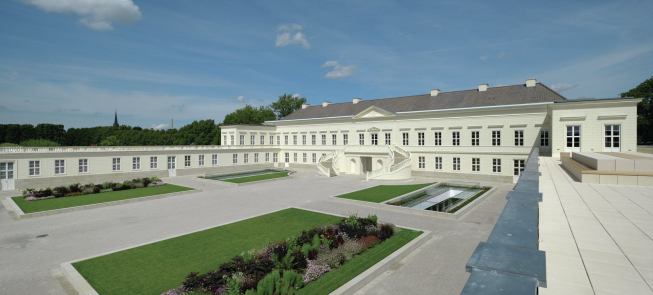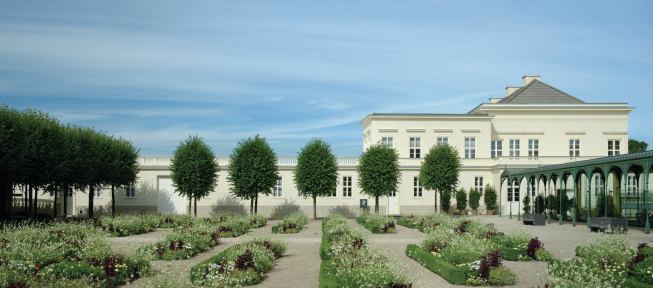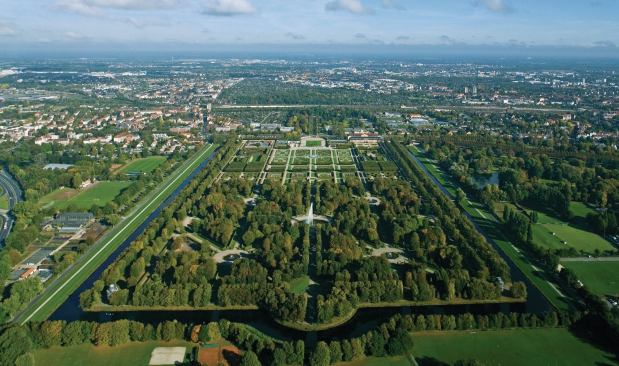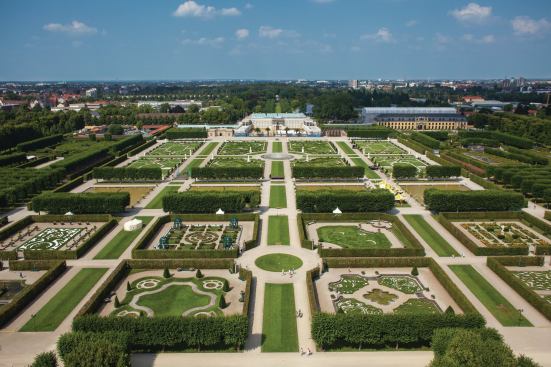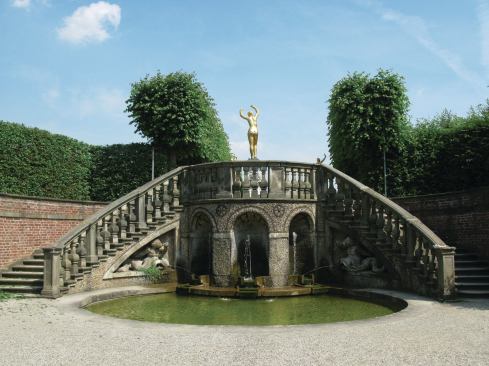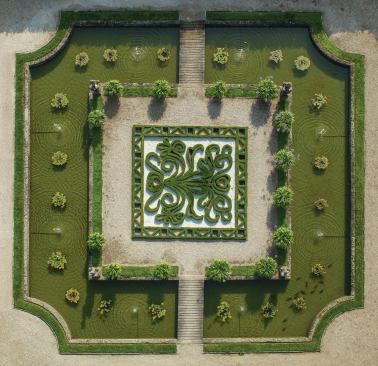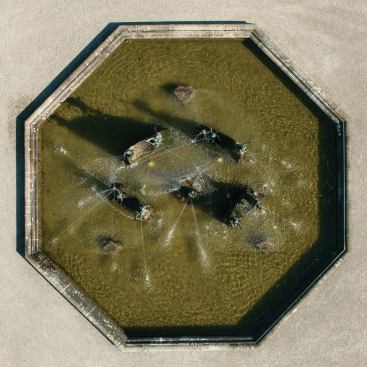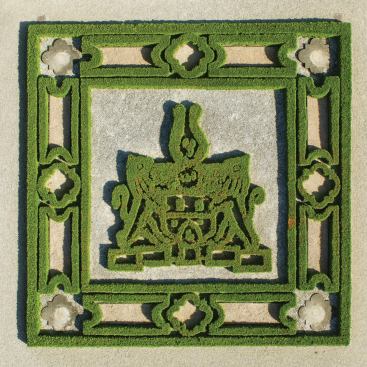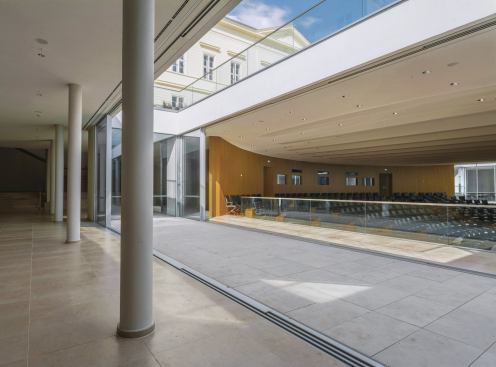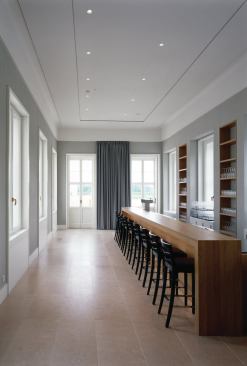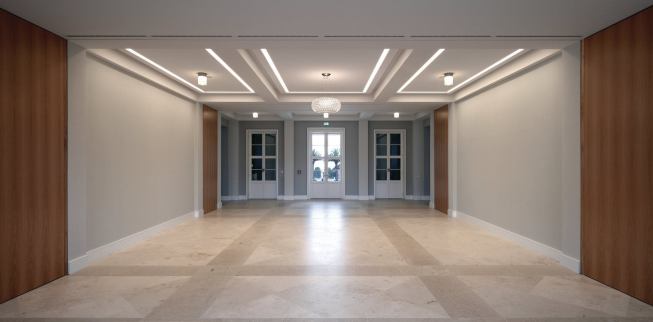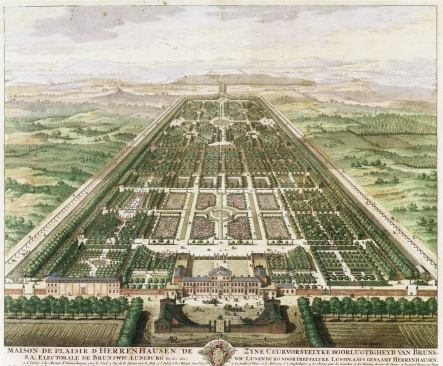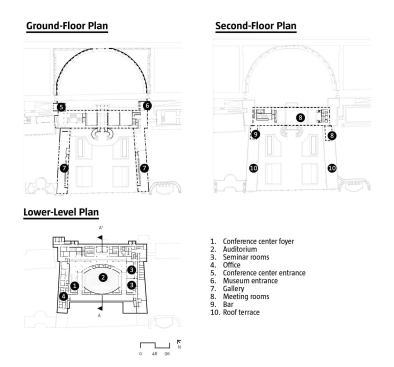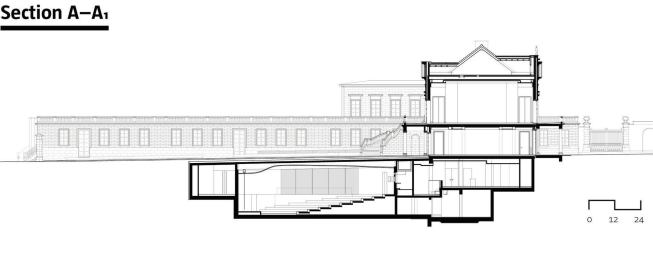Project Description
The ensemble we know as Herrenhausen got its start in the 17th century
as a country estate for the Electors of Hanover. Its notoriety grew with
the addition of the Baroque Grosser Garten designed by Martin
Charbonnier between 1696 and 1714, bringing to bear all the influence
that his teacher André Le Nôtre exerted decades earlier at Versailles.
At the same time, a residence was built to terminate the central axis of
the expanding gardens. It was more than a century later, in 1819, after
the territory had been elevated to a kingdom, that architect Georg
Ludwig Friedrich Laves recast the structure with its restrained
Neoclassical façade.
That legacy came to ruin during World War II, when a 1943 bombing raid
leveled the castle, leaving only a crumbling horseshoe staircase. In the
1960s, restoration began on the garden, but the residence wasn’t
rebuilt until last year, according to the Laves design, by Hamburg-based
Jastrzembski Kotulla Architekten.
Funded by the city of Hanover and the Volkswagen Foundation, the
structure is now a conference center and museum, with contemporary
spaces secreted behind the pediments and pilasters of the façade. With
the reintroduction of this architectural centerpiece, the balance of the
filigreed greenspace has been restored. —Katie Gerfen
